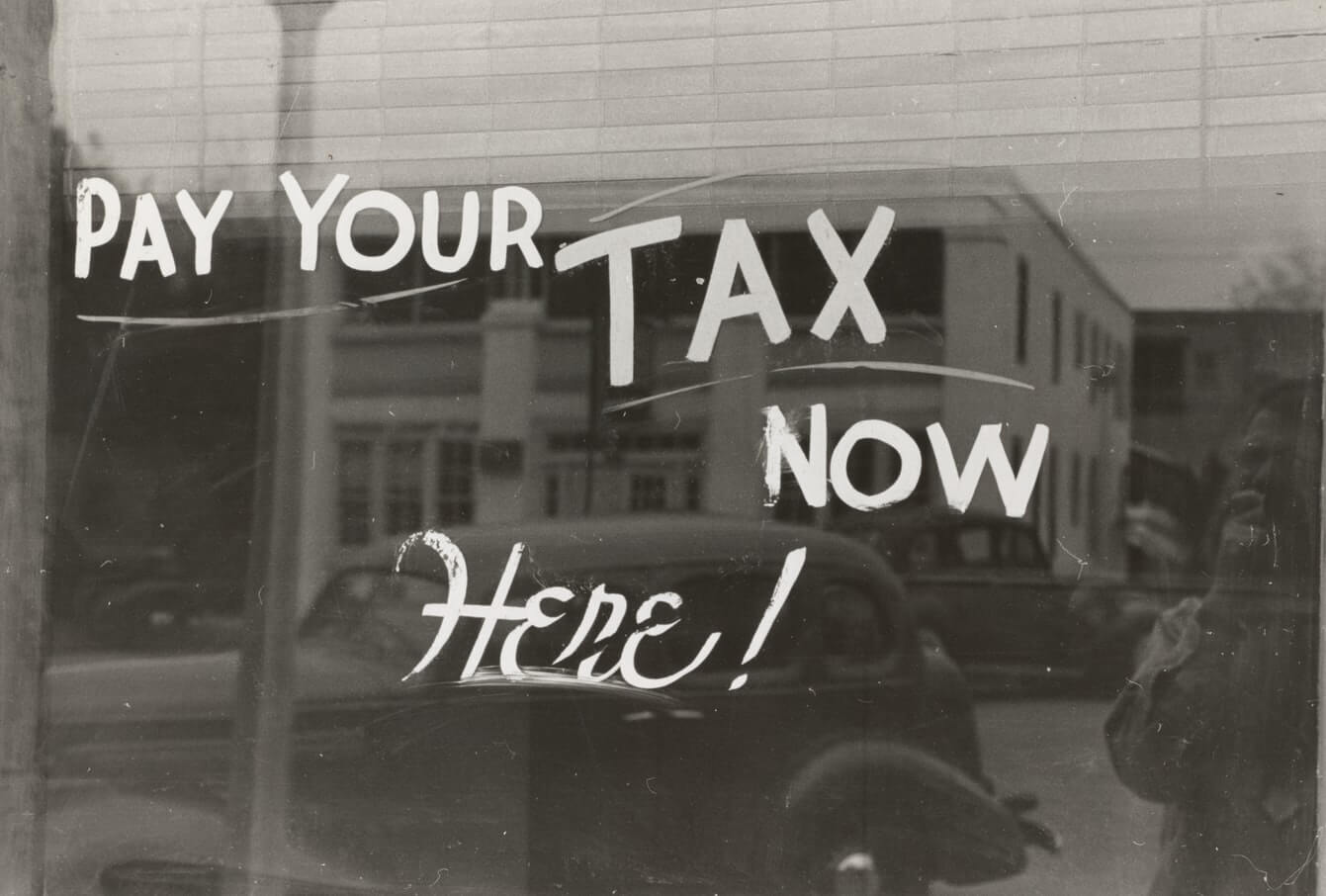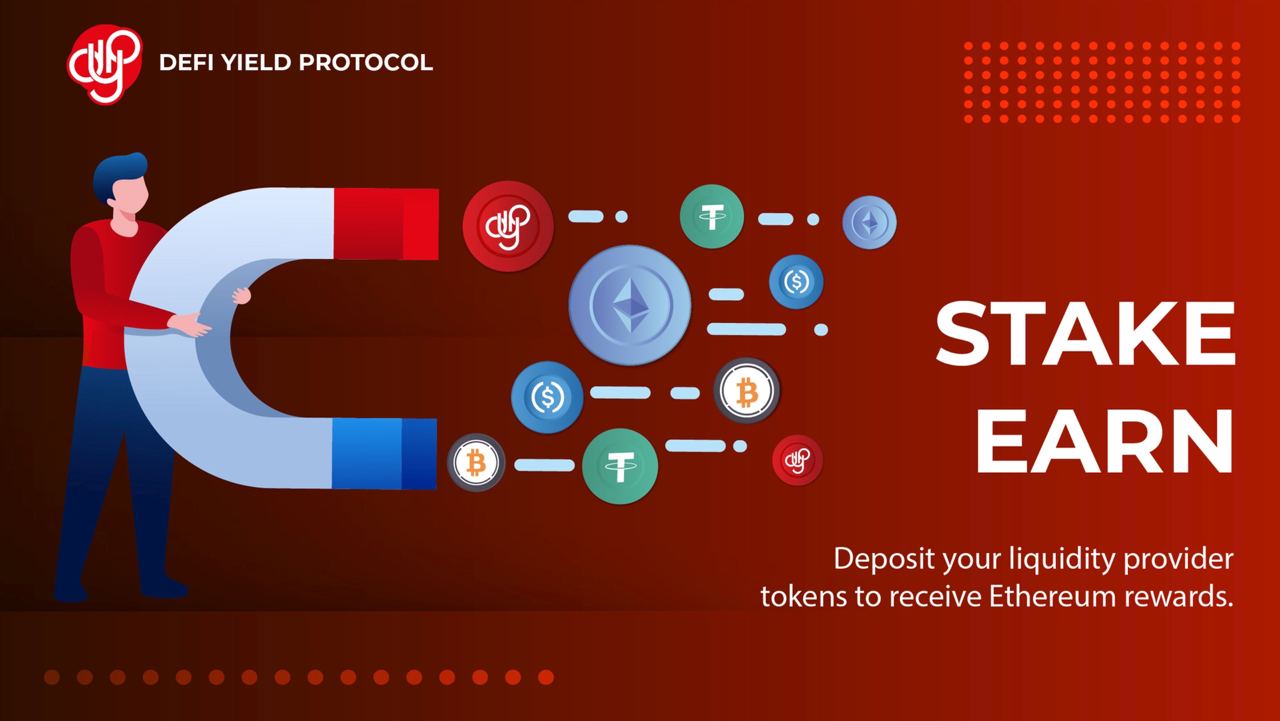
Proof of stake protocols is a type of blockchain consensus mechanism. It selects validators proportionally to holders' holdings in the related cryptocurrency. This is in contrast to proof-of work schemes which pick validators based on their computational power. Unlike a proof of work scheme, the proof of stake protocol avoids this computational cost. This protocol is the most used among cryptocurrencies. But how does it all work? Let's talk about how it works, and what it is like compared to other blockchain consensus methods.
Proof of stake allows for a more diverse set of techniques. The algorithm relies on game-theoretic mechanisms which prevent central cartels. This discourages selfish mining. With proof of stake, you only need a single computer or network node to mine a certain number of coins. By limiting the amount of coins you can stake per day, you can reduce your energy consumption. You won't even need the most powerful hardware to mine.

The downside of proof of stake is that anyone can buy more than half of a cryptocurrency. Because validators and nodes can be chosen by users, this means that if someone has more than 50% of the total amount they can control the entire blockchain. This is known to be a 51% attacker. While a 51% attack is not as likely to occur with large, widely-used currencies like Ethereum, it is a bigger concern for smaller and more concentrated cryptocurrencies.
In a decentralized network, proof of stake can be a major advantage. It does not require a central server to manage the network. It requires a decentralized network. This means that there are no centralized servers, or other institutions that maintain the integrity the blockchain. This allows validators and users to mine on various branches of a single blockchain. The benefit of this method is that it does not require much computing power on the part of miners and is more sustainable.
Proof of Stake's other key advantage is its low electricity consumption. In contrast, PoW uses over $1 million of electricity a day. It doesn't use as much energy which means that transactions are faster. PoS is not without its flaws. It is not as efficient as PoW, but it still provides a better solution for both of these problems. It requires less computing power than PoW, and has a lower environmental footprint.

There are also disadvantages to the proof of stake system. It slows down interaction with the blockchain. It can also slow down transactions and allow for censorship. Furthermore, the proof-of stake method is environmentally friendly. Consider the benefits that a proof of stake cryptocurrency can bring to both you and your investors. The latter has numerous advantages for investors, including passive income and eco-friendliness.
FAQ
What is the minimum investment amount in Bitcoin?
Bitcoins can be bought for as little as $100 Howeve
Where do I purchase my first Bitcoin?
Coinbase is a great place to begin buying bitcoin. Coinbase allows you to quickly and securely buy bitcoin with your debit card or credit card. To get started, visit www.coinbase.com/join/. You will receive instructions by email after signing up.
Is Bitcoin Legal?
Yes! Yes, bitcoins are legal tender across all 50 states. Some states have laws that restrict the number of bitcoins that you can purchase. If you have questions about bitcoin ownership, you should consult your state's attorney General.
Which crypto currency will boom by 2022?
Bitcoin Cash (BCH). It's the second largest cryptocurrency by market cap. BCH will likely surpass ETH and XRP by 2022 in terms of market capital.
Are there regulations on cryptocurrency exchanges?
Yes, there are regulations on cryptocurrency exchanges. Most countries require exchanges to be licensed, but this varies depending on the country. You will need to apply for a license if you are located in the United States, Canada or Japan, China, South Korea, South Korea, South Korea, Singapore or other countries.
Will Shiba Inu coin reach $1?
Yes! After just one month, Shiba Inu Coin has risen to $0.99. The price of a Shiba Inu Coin is now half of what it was before we started. We are still hard at work to bring our project to fruition, and we hope that the ICO will be launched soon.
What are the Transactions in The Blockchain?
Each block contains a timestamp, a link to the previous block, and a hash code. Each transaction is added to the next block. This process continues until the last block has been created. At this point, the blockchain becomes immutable.
Statistics
- This is on top of any fees that your crypto exchange or brokerage may charge; these can run up to 5% themselves, meaning you might lose 10% of your crypto purchase to fees. (forbes.com)
- “It could be 1% to 5%, it could be 10%,” he says. (forbes.com)
- For example, you may have to pay 5% of the transaction amount when you make a cash advance. (forbes.com)
- Ethereum estimates its energy usage will decrease by 99.95% once it closes “the final chapter of proof of work on Ethereum.” (forbes.com)
- As Bitcoin has seen as much as a 100 million% ROI over the last several years, and it has beat out all other assets, including gold, stocks, and oil, in year-to-date returns suggests that it is worth it. (primexbt.com)
External Links
How To
How can you mine cryptocurrency?
Although the first blockchains were intended to record Bitcoin transactions, today many other cryptocurrencies are available, including Ethereum, Ripple and Dogecoin. Mining is required in order to secure these blockchains and put new coins in circulation.
Proof-of-work is a method of mining. In this method, miners compete against each other to solve cryptographic puzzles. Miners who discover solutions are rewarded with new coins.
This guide shows you how to mine different cryptocurrency types such as bitcoin, Ethereum, litecoins, dogecoins, ripple, zcash and monero.